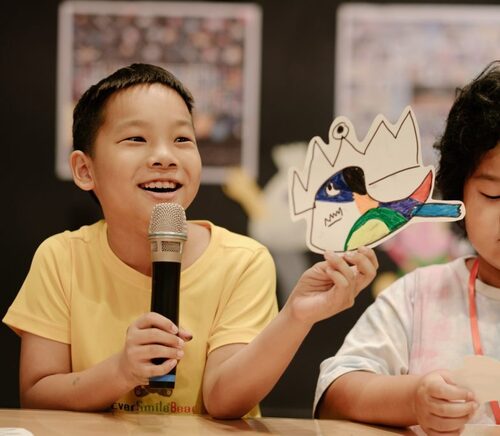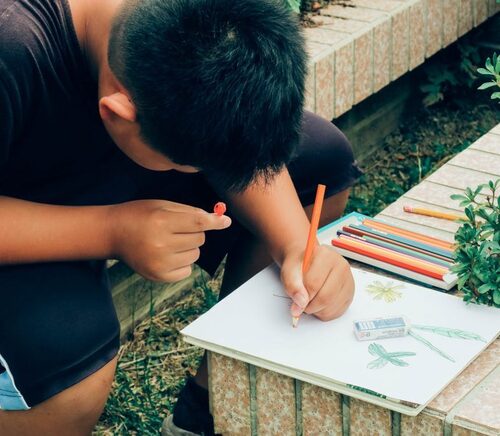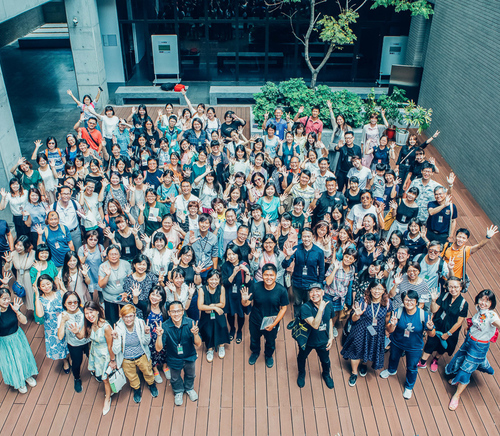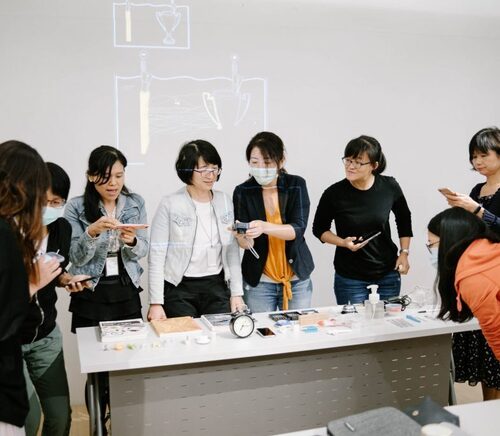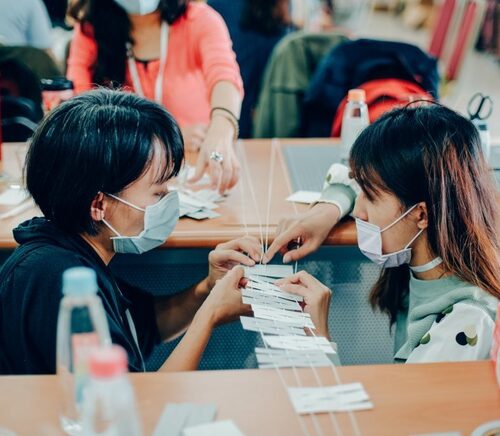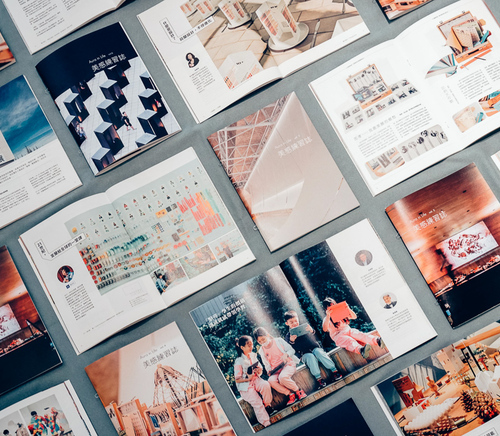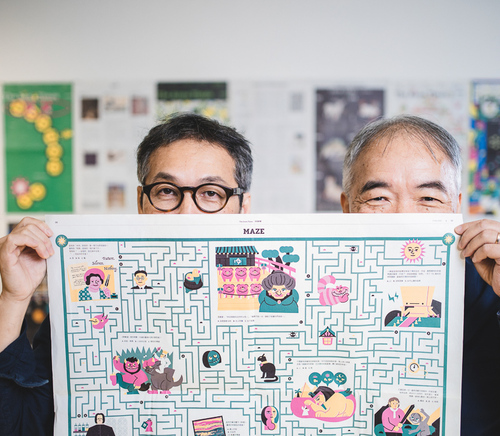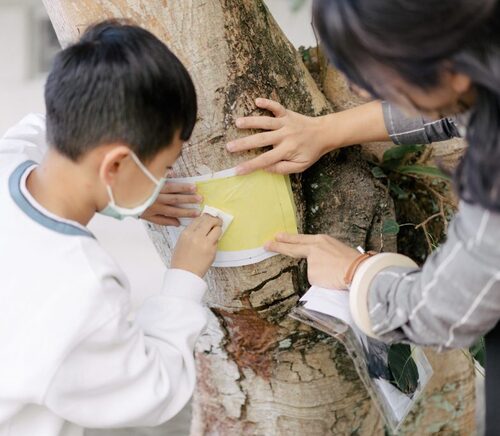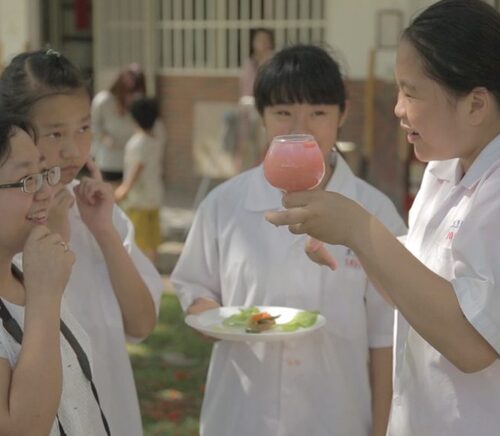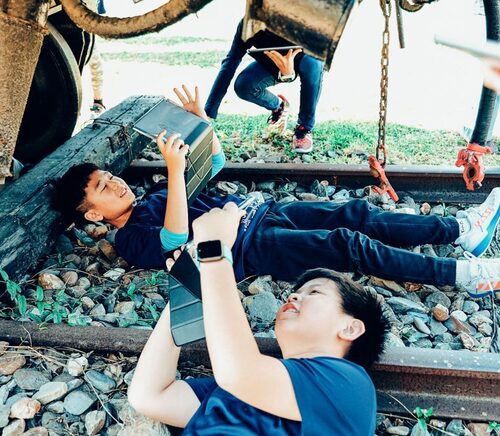About Us
About CRIT-AADE
Welcome to CRIT-AADE, a dynamic force driving nationwide changes in art and design education in Taiwan.
The Curriculum Reform Initiative Taskforce: Agenda for Art and Design Education (CRIT-AADE) is a nationwide project launched by Taiwan’s Ministry of Education (MOE) in 2012. Conceived by Mr. Pao-teh Han (1934-2014), an architect, educator, and former National Policy Advisor to the President, this initiative brings together teachers, artists, designers, and architects from across the country. Its aim is to reform art and design education to help students “brave the challenges in life with the power of art and design.”
With long-term goals for art and design education, CRIT-AADE focuses on curriculum refinement, interdisciplinary course development, school aesthetic education, and the creation of online teaching materials. These efforts are intended to deepen and broaden the foundation of aesthetics in Taiwan.
What We Believe
Beauty is the way we live.
How can the sense of beauty be relatable, communicable, and teachable? In the 20th century, art and design appreciation in Taiwan was often seen as a privilege reserved for the elite, inaccessible to the general public. Over the decades, CRIT-AADE has sought to challenge this stereotype, encouraging children to discover their innate potential for art and design sensibility and evaluation. Aesthetics is not confined to textbooks; it is present in everything in our everyday lives. It can be found in small, simple things at hand or in the vast, complex environment where we live. Collaborating with professionals, practitioners, and educators, CRIT-AADE aims to spark an enlightenment of art and design awareness throughout the island.
Who We Are
The Curriculum Reform Initiative Taskforce is a team within the Agenda for Art and Design Education, composed of experts from the fields of architecture, design, art, and education. The primary mission of the task force is to pursue:
- New Curriculum and Courses for K-12 Art/Design Education – Cultivating students’ appreciation, understanding, and competence in art and design
- Pedagogic Resources – Establishing a supportive database system for art and design education
- Teachers’ Capacity – Equipping educators with classroom expertise through publications, conferences, workshops, and more
Our team has closely collaborated with hundreds of selected teachers from across the country through the multi-year curriculum reform plan. We have developed project-oriented design courses that differ from traditional art classes and are adaptable to school-specific teaching environments. Rather than enforcing a centralized curriculum guideline, we empower educators to create their own course outlines and celebrate the diverse expressions of art and design possibilities.
In addition to the central core team, four regional offices have been established to cover the entire country, working in collaboration with local education universities and city-level governmental departments of education. Each semester, hundreds of teachers from selected middle and high schools are recommended by local departments and regional offices to participate in the project.
Since the current team was activated in 2016, we have worked with over 500 teachers to develop nearly 4,000 hours of art and design courses. Through the efforts of all participating teachers, the project has collectively reached almost 100,000 middle and high school students.
What We Do
Workshops, Guidebooks, and Teaching Tools
To develop courses that cultivate a general sense of art and design, this project focuses on colors, texture, proportions, composition, construction, and structure as the fundamental facets of aesthetics. Based on these facets, we create tools and manuals to integrate design-thinking into traditional art courses and organize workshops to help teachers become familiar with the materials.
Since 2016, we have conducted a series of workshops in preparation for the curriculum reform proposed by the Ministry of Education in 2019. In each workshop, we invite professional designers, curators, and directors of cultural institutes to speak directly with hundreds of K-12 school teachers from across the country. These sessions facilitate exchanges on how design thinking and making can be taught both inside and outside the classroom.
What We’ve Achieved
A Database for Art and Design Courses
Every semester, over 200 participating teachers submit proposals for innovative art and design courses developed with the support of CRIT-AADE guidelines, workshops, and teaching materials. We emphasize creating 6- to 12-week project-based courses, in contrast to the traditional week-by-week skill exercises in art education. After a committee review process, the revised courses receive government funding to proceed.
Documentation and evaluation are also crucial for this project. Once a course is complete, the instructor uploads the materials and results to our project website, where all courses can be browsed and searched via keywords. This is the first and only open-source art and design course platform in Taiwan, allowing teachers—whether participating in the project or not—to freely learn from the contributions of other educators.
What We've Shown
Publications and Exhibitions
“SenseAbility: Projects of Art and Design Education” is an exhibition held in the summer of 2018, showcasing five years of continuous efforts by the Ministry of Education to transform the environment for art classes—from kindergartens to high schools, and from within schools to beyond their boundaries.
The exhibition documents the processes and outcomes of numerous art and design education programs and features the works of eight elite designer teams. These teams demonstrate how simple objects from our school days can be re-imagined into exquisitely crafted designer projects while retaining their basic, everyday qualities.
Beauty lies in the ways we live. Education in art and design is not just about classroom lessons but also about appreciating beauty in our everyday lives. The educational courses aim to lay a foundation that encourages everyone to discover, explore, and practice their sense of beauty in various ways.
The traveling exhibition attracted more than 10,000 visitors in three weeks, resulting in dozens of fully-booked workshops and extensive online outreach.
What We Anticipate
While basic education in Taiwan has traditionally focused on grades and performance, we believe in valuing the learning and working processes over the end results. In other words, the essence of art and design education lies not in producing the finest artistic expressions but in being aware, observant, caring, and responsive to our everyday environments. Although a personal understanding of aesthetics might be difficult to evaluate, it can certainly be nurtured and cultivated.
The course development project in CRIT-AADE serves both students and teachers. When educators teach not from textbooks but from real experiences in everyday surroundings, students learn lessons that can be directly applied to their lives. Art and design education is not just another school subject; it helps students understand that aesthetic decisions are a lifestyle to be practiced in everyday life.
-
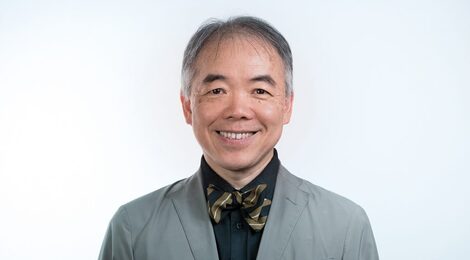
C David Tseng
Director
- Lifetime Chair Professor, Graduate Institute of Architecture
- National Yang Ming Chiao Tung University
-
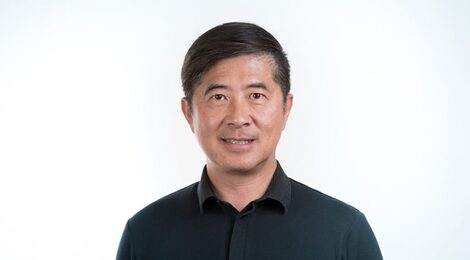
Chi-Yi Chang
Co-Director
- Professor, Graduate Institute of Architecture
- National Yang Ming Chiao Tung University
-
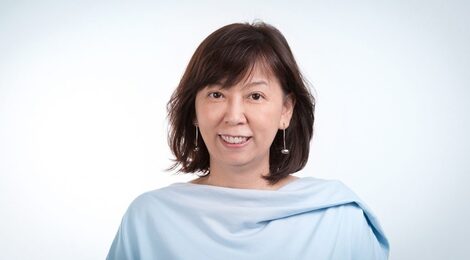
Hui-Yuan Liu
Co-Director
- Associate Professor, Department of Industrial Design
- Shih Chien University
-
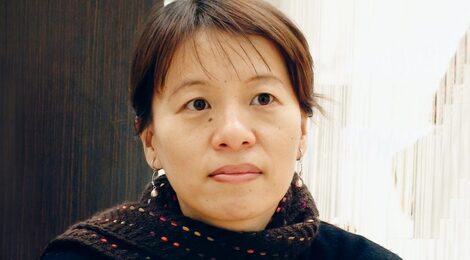
Pao-Ning Yin
Associate Director
- Professor and Director, Graduate School of Arts Management and Cultural Policy
- National Taiwan University of Arts
-
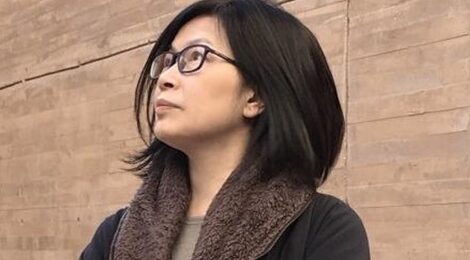
Ching-Chuan Lin
Associate Director
- Associate Professor, Department of Architecture
- National Taipei University of Technology
-
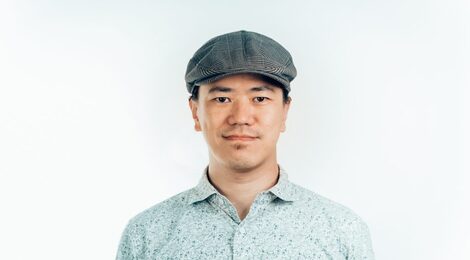
Tien Ling
Associate Director
- Assistant Professor, Graduate Institute of Architecture
- National Yang Ming Chiao Tung University


